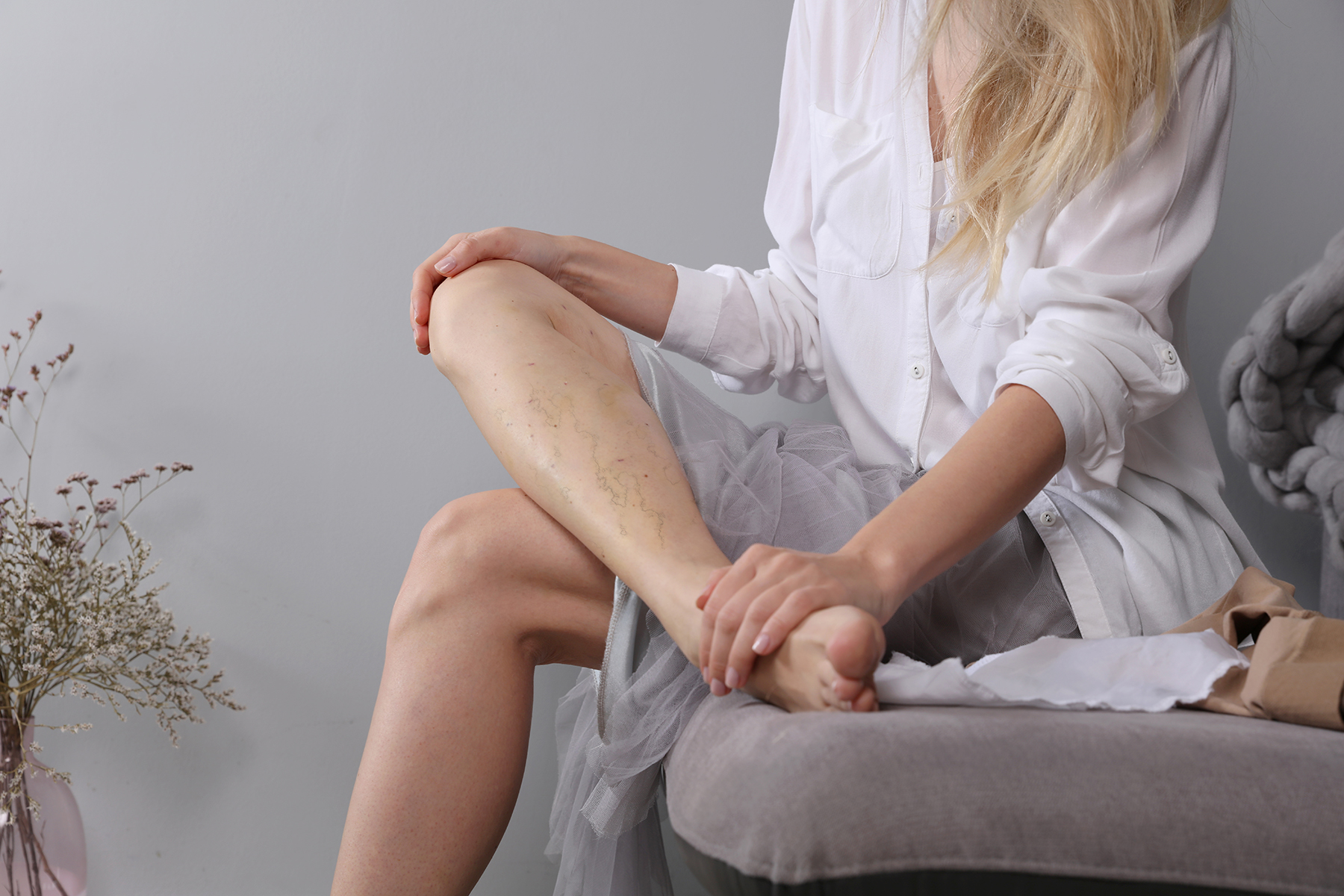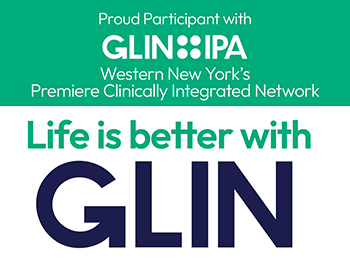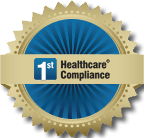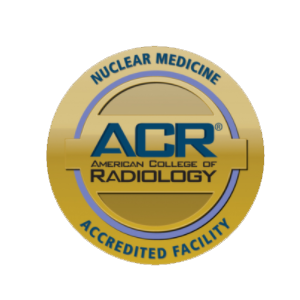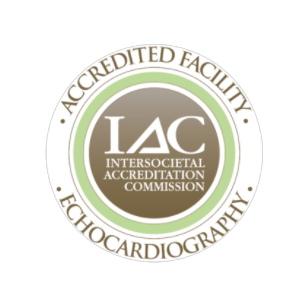Many people often complain of leg pain that is accompanied by leg swelling, heaviness, cramping, itching, varicose veins, skin discoloration, hair loss, and/or ulceration. Some people will experience pain at rest or pain with activity. Disease states that are responsible for these symptoms are related to disorders of the arteries and veins of the legs.
Deep Vein Thrombosis
Blood clots in the leg, also called Deep Vein Thrombosis (DVT), can form in the lower leg, thigh or pelvis. DVT is caused by prolonged rest or travel, family history, obesity, pregnancy, blood disorders, and cancer. When clots form they block the flow of blood from the lower extremity back to the heart. This produces leg swelling and heaviness which then leads to leg pain, warmth, and redness. These blood clots can travel from the leg to the lung and cause blood clots trapped in the pulmonary arteries, called a Pulmonary Embolism (PE) producing shortness of breath and chest pain. This can be life threatening and must be treated emergently. Call 911 if you think you may be suffering from a PE. Untreated DVT can also cause post-thrombotic syndrome (PTS) which results when DVT causes long-term damage to the valves in the veins. Symptoms of PTS include pain, swelling, discoloration, scaling of the skin and ulcers. In some cases, PTS can lead to permanent disability.
Treatment for DVT includes blood thinners and minimally invasive surgery. If medication doesn’t work or symptoms are too severe minimally invasive surgery using advanced medical technology can rapidly remove the blood clot from the veins restoring blood flow, resolve the symptoms, and prevent PE and PTS. The goal of treatment is the rapid relief of symptoms and improvement in the quality of life.
DVT prevention is also critical. The best thing you can do is keep mobile and hydrated during times of rest. Squeezing your calves or flexing your calves and wearing compression stockings can keep blood flow moving. Stay hydrated, make sure you drink at least four 16 oz bottles of water a day. This will keep your blood thin.
Venous Insufficiency
Veins that can no longer return the blood back to the heart are called insufficient. This can be caused by prolonged standing or sitting, previous DVT, family history, and obesity. Veins have one-way valves that direct the flow back to the heart. When these veins become damaged, like from DVT or from prolonged standing, they can no longer direct flow back to the heart, and the blood pools in the feet and ankles resulting in leg pain at rest, leg swelling, heaviness, and varicose veins. When this goes on for too long it can result in skin discoloration, skin thickening and ulcerations. Sometimes small blood clots form in the varicose veins causing inflammation and pain. In some cases, this can lead to permanent disability.
Treatment of Venous Insufficiency is done using compression stockings and minimally invasive techniques using a small catheter to close the diseased vein by using heat or glue. This a rapid and efficient treatment that will reroute blood from your legs to your heart using healthy veins significantly improving your symptoms.
Venous Insufficiency prevention is critical. The best thing you can do is wear compression stockings if you are in jobs that require prolonged standing, prolonged sitting, intense labor, or lifting heavyweight. Take a rest when you can!
Peripheral Arterial Disease
Peripheral Arterial Disease (PAD) occurs when the arteries become blocked or narrowed and can no longer deliver their cargo efficiently. Arteries of the leg are the delivery system of nutrients and blood to bone, muscle, and skin. Reduced blood flow can result in leg pain with activity, hair loss, loss of muscle tone, skin discoloration, and ulcerations. PAD is caused by plaque build-up in the artery the narrows the space within the artery and can eventually lead to artery blockage. This plaque buildup can be caused by genetics, family history, diet, smoking, chronic renal disease, coronary artery disease, stroke, and diabetes.
Claudication is a common presenting symptom of PAD. Claudication is described as pain with walking. If you develop muscle cramps and pain after walking short distances it can be a sign of arterial narrowing. Occasionally, the arteries can be blocked rapidly and cause quick onset leg pain that is unbearable called Acute Limb Ischemia. This should be treated emergently. If your leg has suddenly turned blue or pale in color, has lost a pulse, feels numb or overly sensitive call 911.
Critical Limb Ischemia is commonly seen in people that have chronic kidney disease, diabetes, and who smoke cigarettes. The common symptoms are pain at rest, muscle wasting, and ulcerations.
Treatment of PAD is done using medication and minimally invasive surgery with catheters to restore the normal size of the artery to return normal blood flow to the leg. Medication is used to thin the blood to prevent blood clots and reduce plaque build-up which usually are lifelong medications. In some cases, untreated PAD can lead to permanent disability.
PAD prevention is also very critical. Maintaining a healthy active lifestyle is the best choice you can make. Activity and exercise promote arterial health. A heart-healthy diet or caloric restricted diet is important to keep weight off and prevent plaque build-up. You should not smoke and if you do, I encourage you to quit. There are many support groups and medications that can help you fight the urge and be smoke-free.
Vascular Interventional Radiology is the future.
At Great Lakes Medical Imaging, our Vascular Interventional Radiologists are here for you now. They are highly trained physicians that have expertise in the latest methods to manage and treat arterial and venous disease using x-ray technology and minimally invasive surgery with small catheters – thin tubes that are threaded through the diseased vessel to reduce your symptoms and improve your quality of life. Call Dr. Chohan and his team of Vascular Interventional Radiologists at 716-836-4646 to speak more about leg pain and if there is a treatment option for you!
Great Lakes Medical Imaging www.greatlakesmedicalimaging.com

 APPLY ONLINE TODAY!
APPLY ONLINE TODAY!
